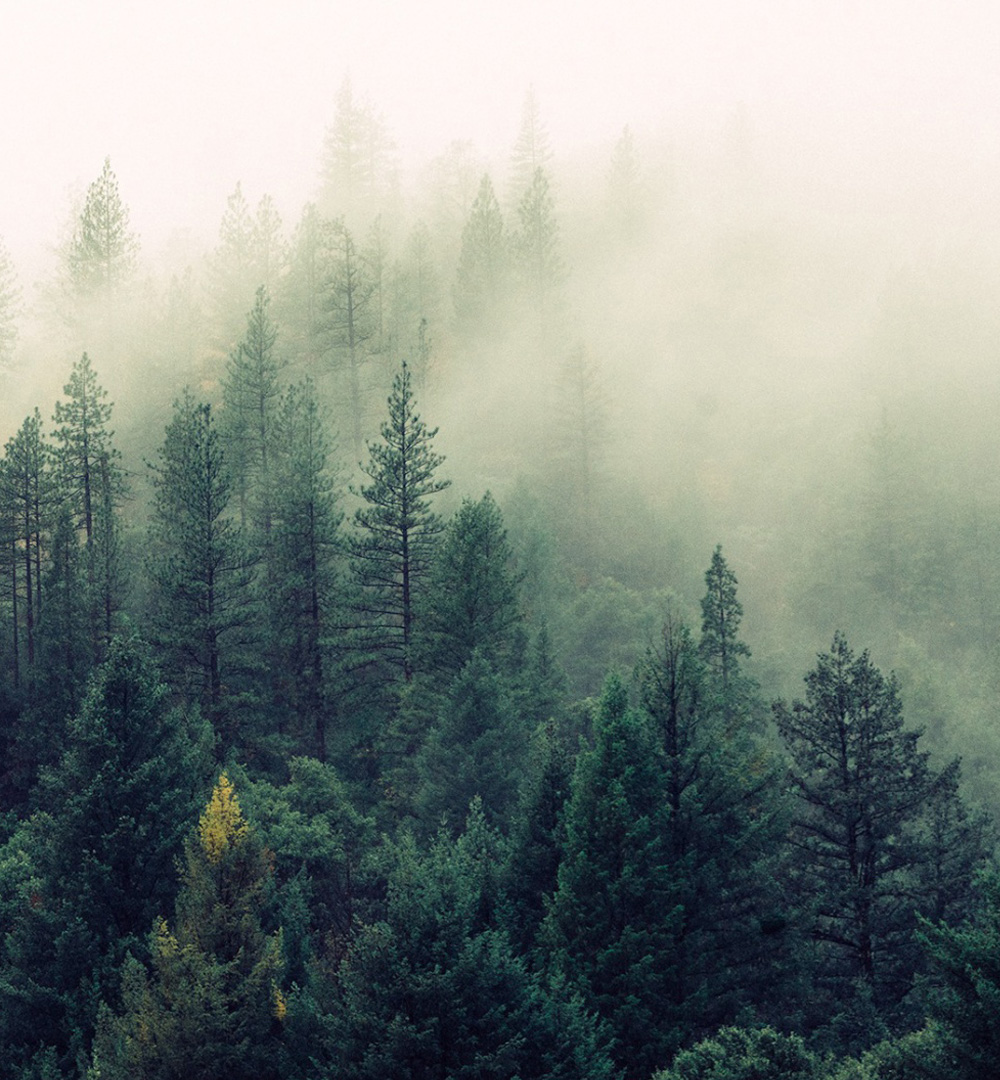
Using the Awesome Power of the Rain
“Rain, rain, go away, come again some other day,” goes the children’s chant. Even as grownups, many of us dread having our plans disrupted or our clothes soaked by an unexpected shower. However, while it’s true that rain may sometimes be a nuisance (or even a menace, in the case of major storms), rainwater can also be the source of a great many benefits.
The Power of Rain
The autumn equinox of 2014 arrived in North America with a bang as the rain demonstrated its awesome power … in the original sense of the word. For example, on September 22, heavy winds and rain cut the supply of electricity to 50,000 inhabitants of Canada’s Nova Scotia province. This was followed less than a week later by a raging rainstorm, which flooded roads, knocked down tress, and disrupted Phoenix-area electric power for 100,000 Arizona residents.
Yet this same amazing power has led to the investigation of rain as a renewable and green source of electricity. The force released when each raindrop hits the ground — kinetic (motion-related) energy — can be harvested and converted to electric energy. At the present time, the amount of electricity that we are able to obtain this way is very small. However, research is continuing into methods of harvesting rain energy more efficiently.
Rain in Healing
For centuries, traditional healers in India have used rainwater as an important element in their work. It is considered beneficial to collect the rain in copper or earthen vessels, before the water ever touches the ground.
Rainwater is recommended for cleaning crystals which are used in healing, to clear them of negative energies and recharge their capabilities. Soak the crystals in rainwater or leave them out in the open air during a storm.
The pitter-patter of falling rain has the power to calm restless infants or insomniacs of any age. Mediation music and white noise recordings, intended to clear the mind and induce relaxation, often are based on this soothing sound.
Harvesting Rain
If you’d like to reduce your utility bills, you can collect rainwater in barrels or tanks for home use … but you have to be living in the right locale. Unfortunately, rainwater collection is prohibited in a number of states, where rain is considered to be the property of the government. On the other hand, some states are beginning to subsidize home rainwater harvesting, since the practice reduces flooding and soil erosion.
Beyond the humble collection tank, efficient household rainwater harvesting systems (RHS) are being developed that are capable of holding as much as 1,700 gallons of rain. These RHS are less expensive and easier to maintain than another water recycling method, the graywater system, and can cut your water bill by up to 40 percent.
Be aware that the rain which falls after an extended dry spell may be fouled with particulate material such as dust or vehicle exhaust. Rainwater which is collected as runoff from your roof may be contaminated due to contact with bird droppings, asbestos, and lead or copper piping. For these reasons, the Centers for Disease Control and Prevention recommend using rainwater for bathing (avoid contact with your mouth and nose), watering non-edible plants, flushing toilets, doing laundry, and washing objects unrelated to food production or service — for instance, hosing down a patio.
Washing with rainwater will make both your lawn and your hair appear healthier and silkier, since it does not contain added softeners or minerals.
